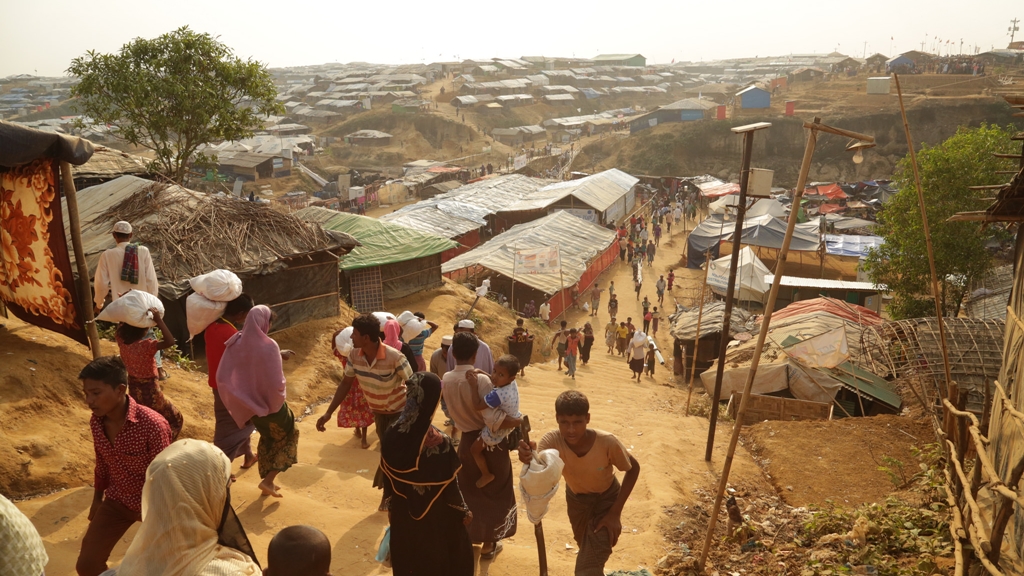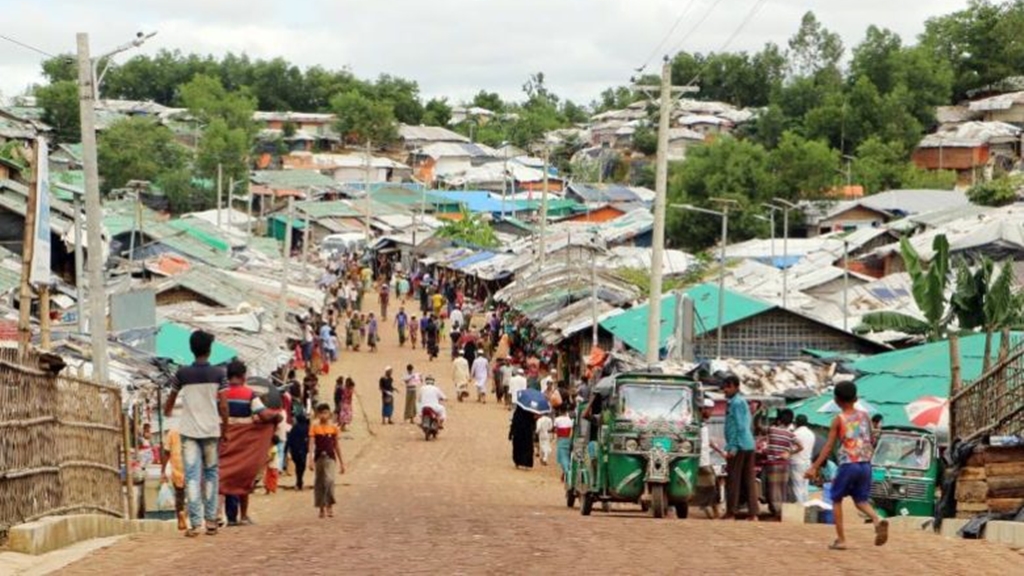
Covid-19 stalks world’s largest refugee camp
- 11/04/2020
- 0
By Bill Richardson, Asia Times
With the first confirmed COVID-19 case, suddenly the gates were shut. The aid workers and vehicles that normally created the daily hum of life at Cox’s Bazar refugee camp, suddenly were all but gone. An eerie silence fell on the biggest refugee camp in the history of mankind.
The newly constructed fence around the camp now looks even taller. These people are trapped with the coronavirus that causes this disease already inside.
This is the nightmare scenario that Rashid, a normally upbeat Rohingya refugee in his 20s, feels every day. He knows that the camp – which more than 800,000 Rohingya refugees have reluctantly called home since they were forced to flee unspeakable violence in Myanmar in 2016 and 2017 – is a trying place to live even under ideal conditions. But the threat of a COVID-19 outbreak has brought a cloud of dread over the people there.
Nearly a million people are packed into single-story bamboo shacks, with up to triple the population density of Manhattan, and no way to leave. Almost no health infrastructure to speak of. No running water. An Internet shutdown and restricted mobile-phone access.
The camps’ narrow arteries and few main thoroughfares are normally clogged with people carrying small children, sacks of rice, bundles of bamboo, LPG canisters. The markets and a smattering of tea stalls, barbershops, poorly stocked pharmacies, and vegetable and fish stands see a brisk trade among the Rohingya that can afford their wares.
But, mirroring decisions made across Bangladesh and in an effort to slow the spread of COVID-19, Dhaka, the United Nations and humanitarian agencies have locked down the camps and stripped humanitarian assistance down to all but essential health, nutrition, and water and sanitation services.
With third- and fourth-generation (3G and 4G) Internet access blocked, under the guise of reducing violence and crime in the camps, and Rohingya not legally permitted to own Bangladeshi SIM cards, information about the lockdown has left refugees confused and feeling abandoned by the humanitarian providers they have come to rely on.
“Foreign-aid workers disappeared,” Rashid said, “and no one understands why.”
The communication restrictions also inhibit access to basic information about COVID-19 and how Rohingya can protect themselves, contributing to a sense of panic in an environment already prone to rumors and misinformation. Rashid worries that the restrictions could be fatal.
“The real information about the coronavirus is not reaching the people,” Rashid said. “Without awareness about the coronavirus, it will be impossible to stop its spread.”
Rashid and hundreds of thousands of other Rohingya are now relegated to their bamboo and plastic tarpaulin shelters, jammed on to precarious, silty hillsides that stretch for kilometers. The shelters are small, hot and cramped, packing an extended family into as little as 9 square meters. A maze of dusty walkways winds between the shelters, barely wide enough for two people to pass one another without touching.
“According to the instructions of the WHO [World Health Organization] we are supposed to stay two meters apart from others,” Rashid said with both exasperation and fear in his voice. “How can we do this when 10 people are living in just a few square meters?”
It is also difficult for Rohingya to practice good hygiene. They lack adequate access to soap, water points and latrines are communal and crowded and, according to Rashid, often poorly maintained, thus discouraging people from washing their hands as often as they should.
Soon the stifling hot, dry season will give way to the lengthy monsoon season. A deluge of rain and wind will turn dirt paths and roads into rivers of mud, topple shelters, and crumble hillsides.
The steady rains will leave camp residents with little hope of staying dry and more prone to water-borne diseases and respiratory infections that could make Rohingya more vulnerable to Covid-19 and complicate the response to an outbreak. To matters worse, monsoon season is bookended by two dangerous cyclone seasons.
Rashid and other Rohingya leaders are doing their best to prepare themselves and their communities. Rashid is distributing masks, gloves, and paracetamol across the camps, raising awareness about Covid-19 through a small megaphone as he goes.
“If powerful countries cannot protect themselves from the coronavirus,” Rashid wonders, “how can we?”
Bill Richardson was US ambassador to the United Nations between 1997 and 1998 and governor of New Mexico from 2003 to 2011. He was also US energy secretary from 1998-2001 in the Bill Clinton administration. More by Bill Richardson






